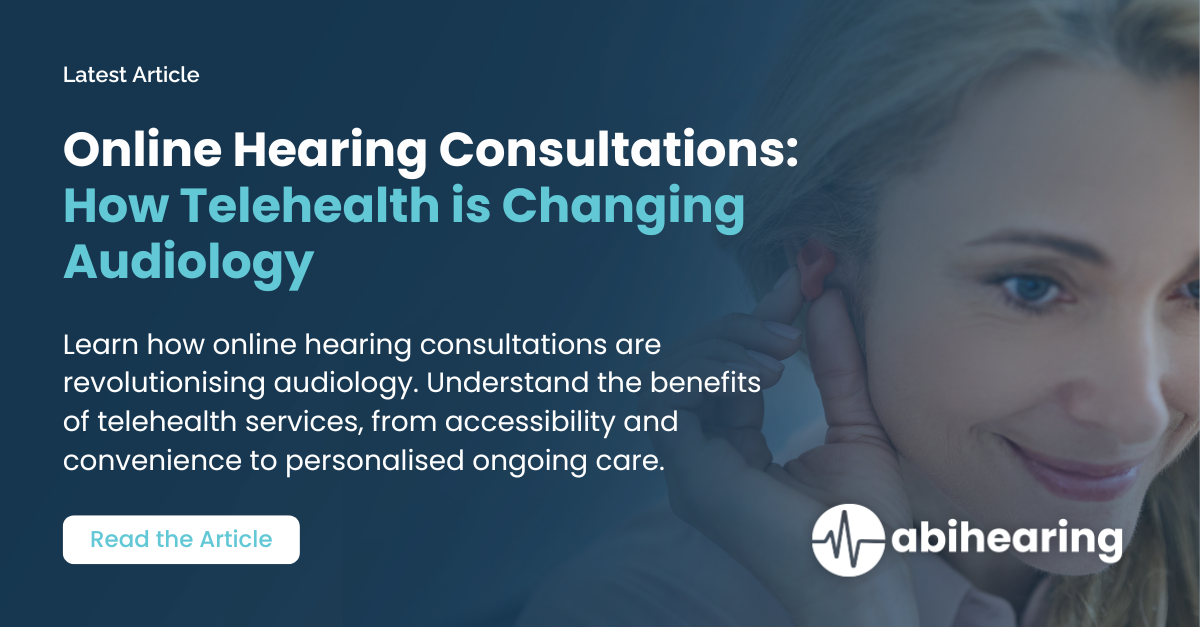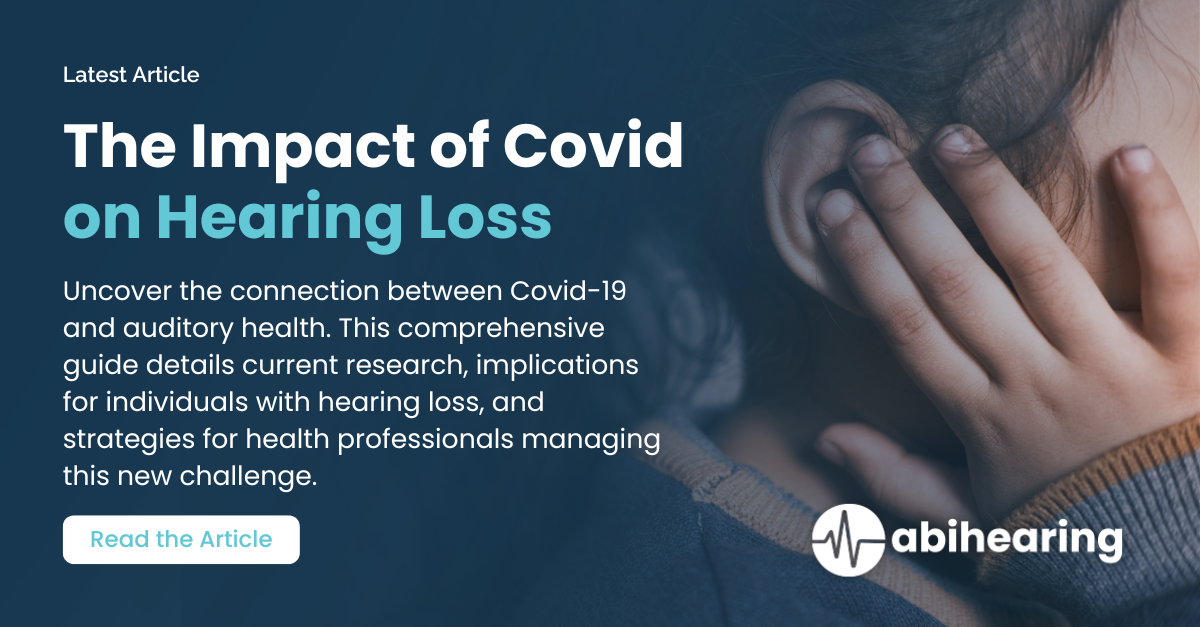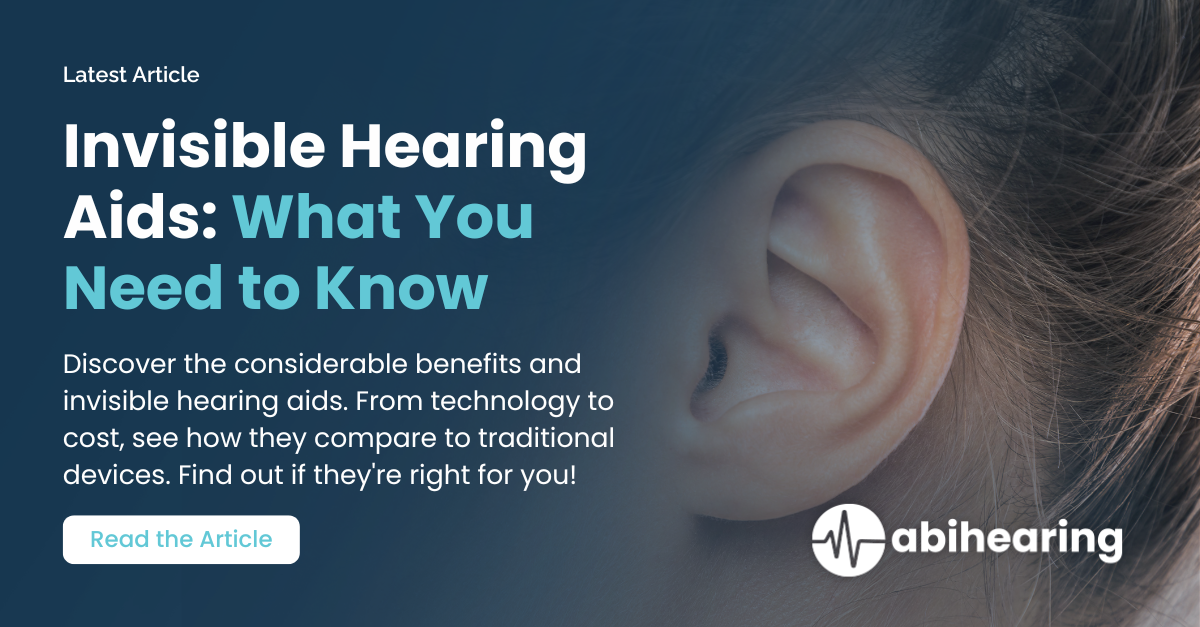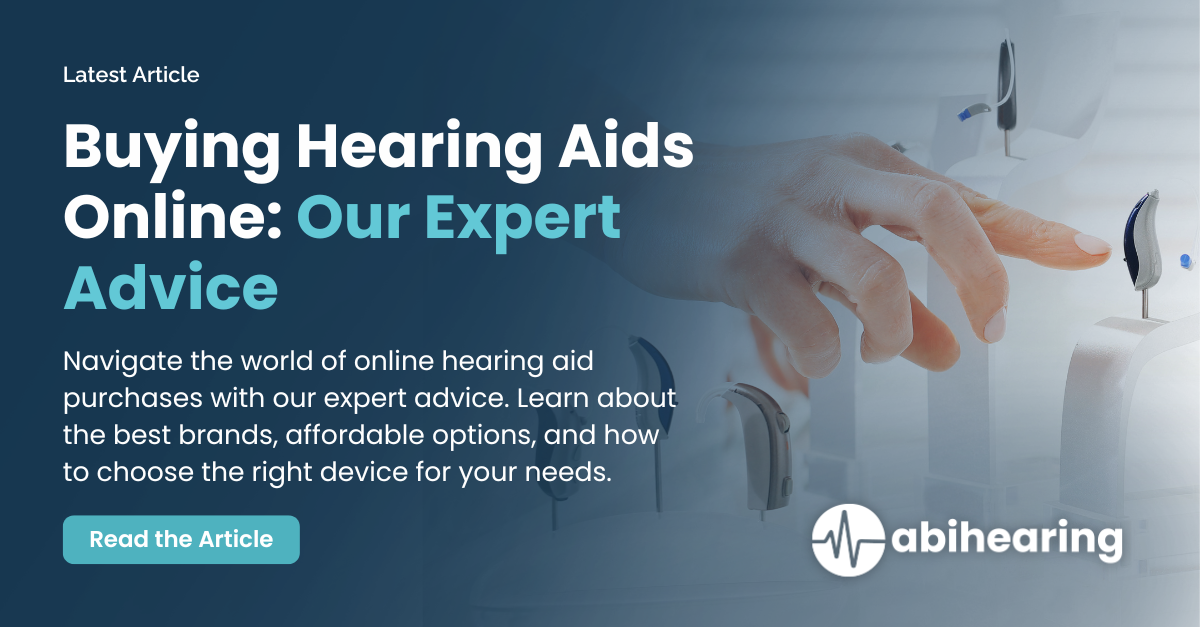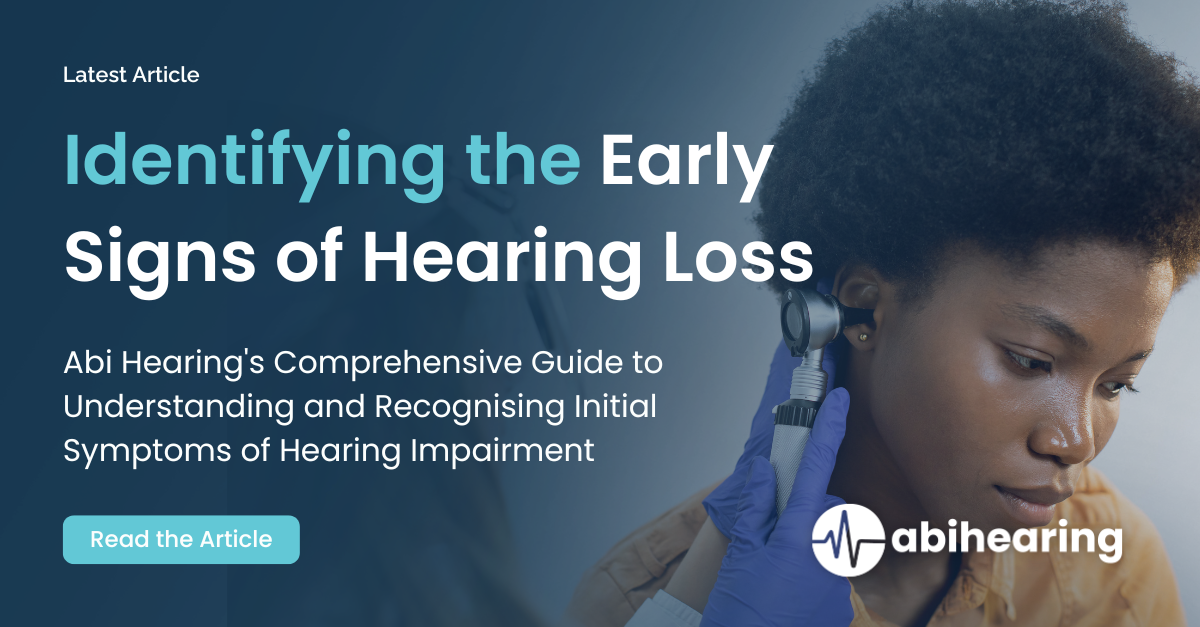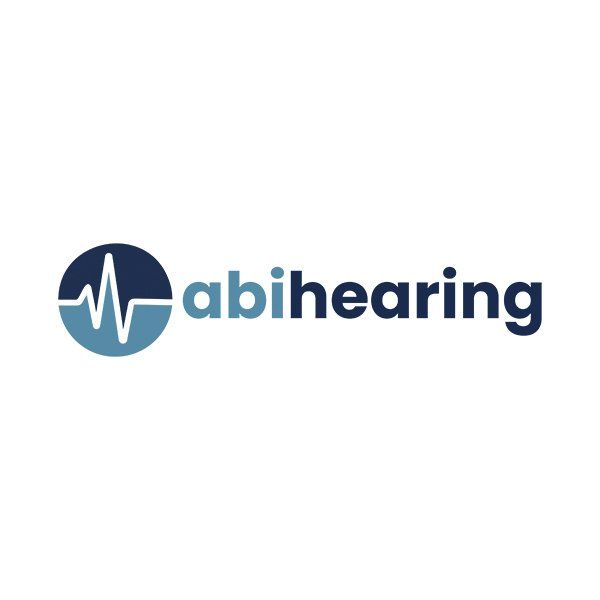Critical Steps to Avoid An Industrial Deafness Compensation Claim
In many industries, the prolonged exposure of employees to loud noises is causing serious health problems, some of which escalate to a point where permanent impairment occurs.
These cases almost always lead to a workers compensation claim being made. As a business owner, it is your responsibility to ensure all measures have been taken to minimise the risk of industrial hearing loss or deafness.
Hearing loss of employees caused within the occupational environment is mainly related to the exposure of consistent high levels of noise, but intermittent exposure can be just as risky. In addition to this, vibrations from crushers, heat from boilers, and various toxic chemicals such as organic solvents, heavy metals and fuels can also affect hearing. When these factors are associated, the risk of industrial deafness becomes even more significant.
What is Industrial Deafness?
Industrial deafness is defined as "damage to the hearing capability of one or both ears resulting from factors related to the work environment”.
Machine operators, miners, metallurgists, steelmakers, and construction workers are examples of professionals continually exposed to the risk of industrial deafness.
Impacts of Industrial Deafness on Employees and What You Can Do to Prevent it
Employers are obligated to implement the necessary protection against the causes of industrial deafness.
There are several steps you can take to ensure safety at your workplace:
Provide employees with hearing protection devices such as earplugs or earmuffs
These devices will help to reduce the amount of noise that the employee is exposed to, and will help to prevent any long-term damage to their hearing.
Ensure machinery has noise reduction features, such as insulation and mufflers
Noise reduction features can help to minimise the amount of noise that is emitted from machinery. This will help to protect employees from being exposed to loud noises, and will help to prevent any long-term damage to their hearing.
Implement a frequent hearing test programme for high risk employees
If there is a change in the employee's health history, where the exams prove hearing loss as a cause of occupational disease, the company is responsible for indemnifying that employee.
Industrial Deafness Symptoms
Some common symptoms of industrial deafness include the perception of decreased hearing ability, ringing in the ears, and a feeling of fullness in the ears. If your employees are experiencing any of these symptoms, it is important they seek medical attention right away:
- Buzzing
- Hissing
- Whistling
- Difficulty understanding speech
- Headaches
- Nausea and vomiting
- Vertigo (dizziness)
- Jaw pain and
- Increased sensitivity to loud noises
How to Reduce the Risk of an Industrial Deafness Compensation Claim?
If you work in an industry where there's a high risk of encountering loud noise, of course, you want to keep your employees ears safe, but how exactly?
Here are some tips that can help you avoid industrial deafness:
Be familiar with common causes of industrial deafness
There are several factors that may contribute to this issue such as the duration and the intensity of the exposure, type of equipment or machinery involved, previous history of ear problems and recreational activities.
The most common causes of industrial deafness are prolonged exposure to loud noises, typically at work, and not using hearing protection. Other causes can include but are not limited to:
Genetics
Some people are born with a higher risk of noise-induced hearing loss, so they are more vulnerable for industrial deafness. This is because they may not be able to adequately protect their ears from the loud noises that are emitted from machinery and other equipment in the workplace. It is important for these individuals to take extra precautions to ensure their safety, such as using hearing protection and being aware of the common causes of industrial deafness.
Illness or Injury
If an employee is diagnosed with hearing loss it is important for the company to take steps to ensure their safety and protect them from any long-term damage. This may include implementing a hearing test programme, as well as providing hearing protection for employees who are at risk of being exposed to loud noises.
Medications
Some medications, including antibiotics and chemotherapy drugs, can damage the inner ear and lead to hearing loss. It is important for employers and employees to be aware of the risks associated with taking these medications and to take steps to protect their ears if they are required to take them.
Seek Help From a Medical Professional
Noise-induced hearing loss is a serious issue and must be treated as soon as possible to minimise the risk of irreversible damage. Monitoring the condition at regular intervals is important to ensure it does not deteriorate further. It's best to seek medical attention early; an audiologist can determine if there is anything going wrong and will advise on the necessary steps to take next – from short-term treatment to long-term prevention.
What Obligations Does a Company Have?
The employer is obliged to establish a series of preventive measures. Ignoring these obligations increases risk of your company being served an industrial deafness compensation claim.
Reduction at the origin
- Replacing the machine or the work process that could cause damage to employees hearing
- Relocating the noise source or isolating it with an enclosure
- Introducing modifications to limit noise output
- Carrying out regular maintenance of the machinery
Exposure Reduction
If the above is not possible, the exposure time must be reduced, as well as the number of workers exposed:
- Perform the noisiest operations when the fewest workers are present on the task
- Rotate tasks frequently
- Limit the time of exposure
- Provide ear protection to any worker who is exposed to noise levels above 80 dBA for 8 hours or more
- Provide regular hearing tests for employees who are exposed to high noise levels
- Train workers on the risks of exposure to loud noises and instruct them in the use of ear protection equipment
- Monitor decibel levels to ensure that they do not exceed 85 dBA
Conclusion
In 2022, industrial deafness is a growing problem. The good news is that you can protect your employees from it by being well-informed about the possible risks and symptoms - the earlier you monitor hearing health, the better chances of recovery or prevention.
Schedule An Appointment With Our Hearing Health Experts Today!
There are a few different types of Bulk Billed Hearing Tests. The most common type is an audio diagnostic test, which is used to screen for hearing loss. This type of test usually takes around 30 minutes to complete.
If you are interested in getting a Bulk Billed Hearing Test, talk to the team at Abi Hearing. They will be able to tell you if you are eligible for a test and book your appointment at our Bundoora Audiologist Clinic.
The entire team at Abi Hearing looks forward to meeting you. We are ready to answer your questions, fully understand your hearing challenges, and introduce you to exciting new technologies that can give you the excellent hearing you've been wanting.
Book an Appointment
We will get back to you as soon as possible.
Please try again later.
Read the Latest Articles for Abi Hearing Clinic's Audiology
& Hearing Loss Experts
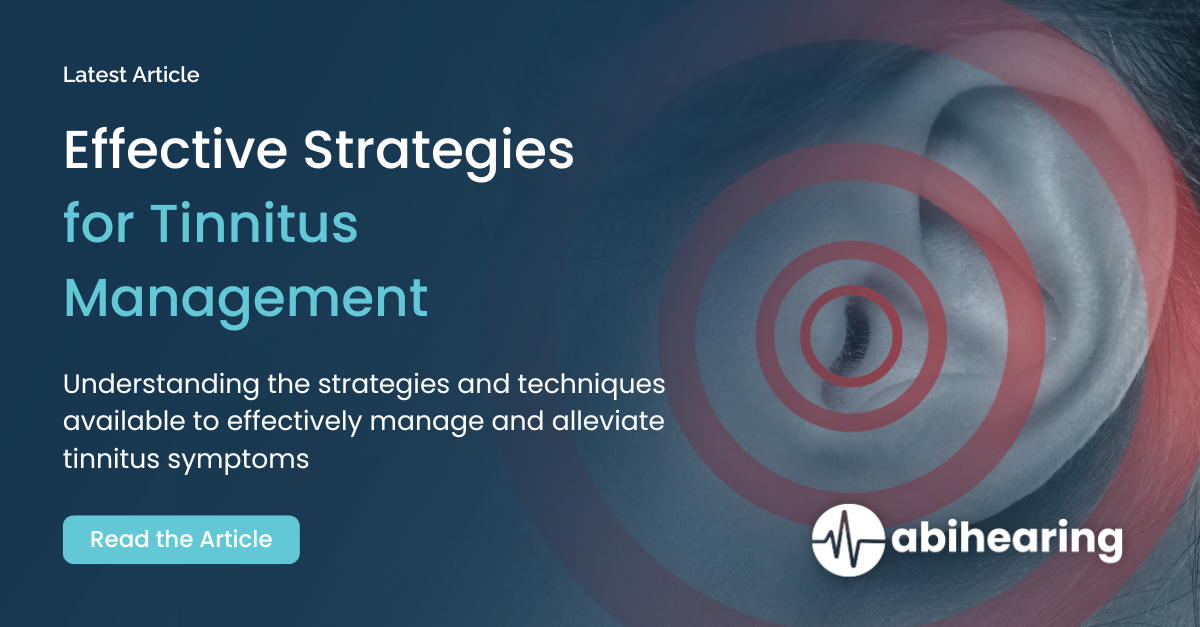
Common Questions About Hearing Aids
-
What does a hearing aid do?
A hearing aid is a device worn behind the ear, in the outer ear canal, or in the middle ear to amplify sounds. It can be used to improve mild to moderately-severe losses due to sensorineural hearing impairment and conductive hearing impairment. Some hearing aids also have a built-in T-coil (telecoil) which can be used to improve the listening experience for people with single-sided deafness, or when there is a lot of noise present.
Hearing aids make it possible for people with mild to severe hearing loss to hear sounds more clearly. There are different types of hearing aids that can be used in either one or both ears.
A digital hearing aid is an electronic device that amplifies sound. Digital hearing aids convert sound waves into electrical signals that are then amplified. This type of hearing aid is a more modern technology offering greater benefits to users.
-
How do I know if I need a hearing aid?
If you have trouble hearing, or if people complain that you're turning the TV volume up too high, you may need a hearing aid. A hearing test can confirm whether you have a problem.
-
How do I know which type of hearing aid is right for me?
Your audiologist will help you choose the type of hearing aid that's best suited for your needs and lifestyle. Factors that will be considered include the severity of your hearing loss, your listening environment, and your budget.
-
What are the different types of hearing aids?
The four main types of hearing aids are:
1. Behind-the-ear (BTE)
This is the most common type of hearing aid. It sits behind the ear and has a clear plastic tube that goes down into the ear canal. BTEs are available in a variety of styles and colors, and are the most durable type of hearing aid.
2. In-the-ear (ITE)
This type of hearing aid is custom made to fit snugly in the outer part of your ear. ITEs are less visible than BTEs, but they may not be as durable.
3. In-the-canal (ITC) and completely-in-the canal (CIC)
These are the smallest and most discreet type of hearing aid. ITCs and CICs sit in the ear canal and are not visible once they are in place. They can be more difficult to adjust than other types of hearing aids.
4. Invisible Hearing Aid (IHA)
An invisible hearing aid is designed to be worn for extended periods of time to minimise the hassle of managing your hearing health. The devices are inserted deep into the canal, by a qualified Audiologist and remain there for their lifecycle.
-
What are the different parts of a hearing aid?
The different parts of a hearing aid include:
1. The microphone
This is the part of the hearing aid that picks up sound from the environment.
2. The amplifier
This part of the hearing aid increases the volume of sound that is picked up by the microphone.
3. The receiver
This is the part of the hearing aid that sends sound to your ear.
4. The battery
This powers the hearing aid. Hearing aids use either disposable or rechargeable batteries.
5. The processor
This controls how the hearing aid sounds and adjusts to different environments.
6. The casing
This is the outer shell of the hearing Aid.
-
What are the different features of a hearing aid?
There are many different features that you can choose from when you buy a hearing aid. Some common features include:
1. Volume control
This lets you adjust how loud or soft the sound is coming through the hearing aid.
2. Tone control
This allows you to adjust the tone of the sound, making it sound more natural.
3. Noise reduction
This feature reduces background noise, making it easier to hear conversation.
4. Directional microphones
This feature allows you to adjust the hearing aid so that it picks up sound from the front, making it easier to hear in noisy environments.
5. Telecoil
This is a special setting that helps you hear better on the telephone and in places where there is a loop system set up (such as a movie theatre or museum).
-
What are the different types of hearing loss?
There are two main types of hearing loss: conductive and sensorineural.
1. Conductive hearing loss
This type of hearing loss occurs when there is a problem with the structure of the ear or the way that sound waves are conducted through the ear. Conductive hearing loss can be caused by things like wax build-up, infection, or damage to the ear.
2. Sensorineural hearing loss
This type of hearing loss occurs when there is a problem with the inner ear or the way that the brain interprets sound. Sensorineural hearing loss can be caused by things like age-related hearing loss, noise exposure, or injury.
-
What are the benefits of using a hearing aid?
There are many benefits to using a hearing aid. Some of the most important benefits include:
1. Improved communication
Hearing aids help you hear better in both quiet and noisy environments, making it easier to communicate with others.
2. Improved quality of life
Hearing aids can help you stay connected to your loved ones and participate in activities that you enjoy.
3. Improved safety
Hearing aids help you hear warning signals and other important sounds, making it easier to stay safe in your environment.
4. Improved mental health
Research has shown that using a hearing aid can improve your mood and overall well-being.
5. Improved self-confidence
Using a hearing aid can help you feel more confident and social, which can lead to a better quality of life.
6. Reduces the risk of developing dementia
Research has shown that using a hearing aid can reduce the risk of developing dementia by up to 50%.
7. Reduces the risk of falling
Hearing aids help you hear better in your environment, which can help you stay safe when walking or climbing stairs.
8. Reduces the risk of social isolation
Hearing loss can often lead to social isolation, but using a hearing aid can help you connect with others and stay involved in your community.
9. Affordable
Many health insurance plans cover the cost of hearing aids, making them more affordable for those who need them.
10. Customizable
Hearing aids come in many different styles and colours, so you can find one that fits your personality and lifestyle.
-
Which hearing aids can I choose from at Abi Hearing?
-
How do I know if I need a hearing aid?
We all know that hearing loss can cause many problems. It can be a serious issue for those who work in noisy environments, in the office or on the construction site, or an inconvenience for someone wanting to tune into their favourite TV show. If you have any of the following symptoms, it is time to schedule an appointment with your audiologist:
Any noticeable change in your hearing
You have a hearing loss that is severe enough to interfere with your life
You have tinnitus
You have sudden and unexplained hearing loss
You are not able to hear a conversation from across the room or in a quiet room
You are missing conversations on your Phone or in the car
You experience dizziness, vertigo, or ringing in the ears
If you are experiencing any of these symptoms, it is important to schedule an appointment with your audiologist. The sooner you get treatment, the easier it will be to manage your symptoms and the less they will impact your life.
-
Can hearing aids cause vertigo?
There is no evidence to suggest that properly fitted hearing aids can cause vertigo. However, if you are experiencing vertigo or other dizziness-related symptoms, it is important to speak with your audiologist. There may be another underlying cause for your symptoms that needs to be addressed.
-
How often do hearing aids need to be replaced?
Hearing aids do not need to be replaced on a regular basis. However, over time they may start to lose their effectiveness or become damaged. If you notice that your hearing aids are not working as well as they used to or if they are damaged, it is important to see your audiologist for a replacement.
-
Can hearing aids cause headaches?
There is no evidence to suggest that properly fitted hearing aids can cause headaches. However, if you are experiencing headaches, it is important to speak with your audiologist. There may be another underlying cause for your symptoms that needs to be addressed.
-
Are hearing aids waterproof?
Most hearing aids are not completely waterproof, but most models come with a water-resistant coatings that can protect them from light rain or accidental exposure to water. It is important to remove your hearing aids before swimming or showering.
-
This Page Talks About:
Vestibular systems, unbiased advice, trained, tinnitus management, tinnitus, tests, test, support, specialists, services, seek, ringing, request, range, quality, qualified, purchase hearing aids, professional, patients, melbourne vic, melbourne, life, latest technology, latest equipment, independent audiologists, independent, helpful, hearing tests, hearing test, hearing services, hearing needs, hearing loss, hearing health, hearing concerns, hearing care, hearing australia, hearing assessment, hearing aids, hearing aid manufacturer, hearing aid, hearing, hear, health, friendly environment, free online hearing test, free hearing check, free hearing, foster, ears, ear wax removal, ear wax, ear, doctors, devices, contact, communication, clinic, clients, children, businesses, better hearing, best audiologists, australia, audiology, audiologists, audiologist near me, audiologist, appointment, aids, aid brands, ages, advice, adults.
Subscribe to our newsletter to stay up to date with our latest offers.
Contact Us
We will get back to you as soon as possible.
Please try again later.
Williamstown Hearing Clinic
54 Electra Street,
Williamstown, Victoria
3016
Business Hours:
Monday to Friday
9.00am to 5.00pm
Phone: (03) 9399 9536
Email: info@abihearing.com.au
North Melbourne Hearing Clinic
Suite 228/55 Flemington Rd,
North Melbourne, Victoria
3051
Business Hours:
Thursday to Friday
9.00am to 5.00pm
Phone: (03) 9326 5334
Email: info@abihearing.com.au
Williams Landing Hearing Clinic
111 Overton Road,
Williams Landing, Victoria,
3027
Business Hours:
Thursday to Friday
9.00am to 5.00pm
Email: info@abihearing.com.au
Point Cook Hearing
Clinic
15 Kenswick Street,
Point Cook, VIC,
3030
Business Hours:
Thursday to Friday
9.00am to 5.00pm
Phone: (03) 7018 7477
Email: info@abihearing.com.au

